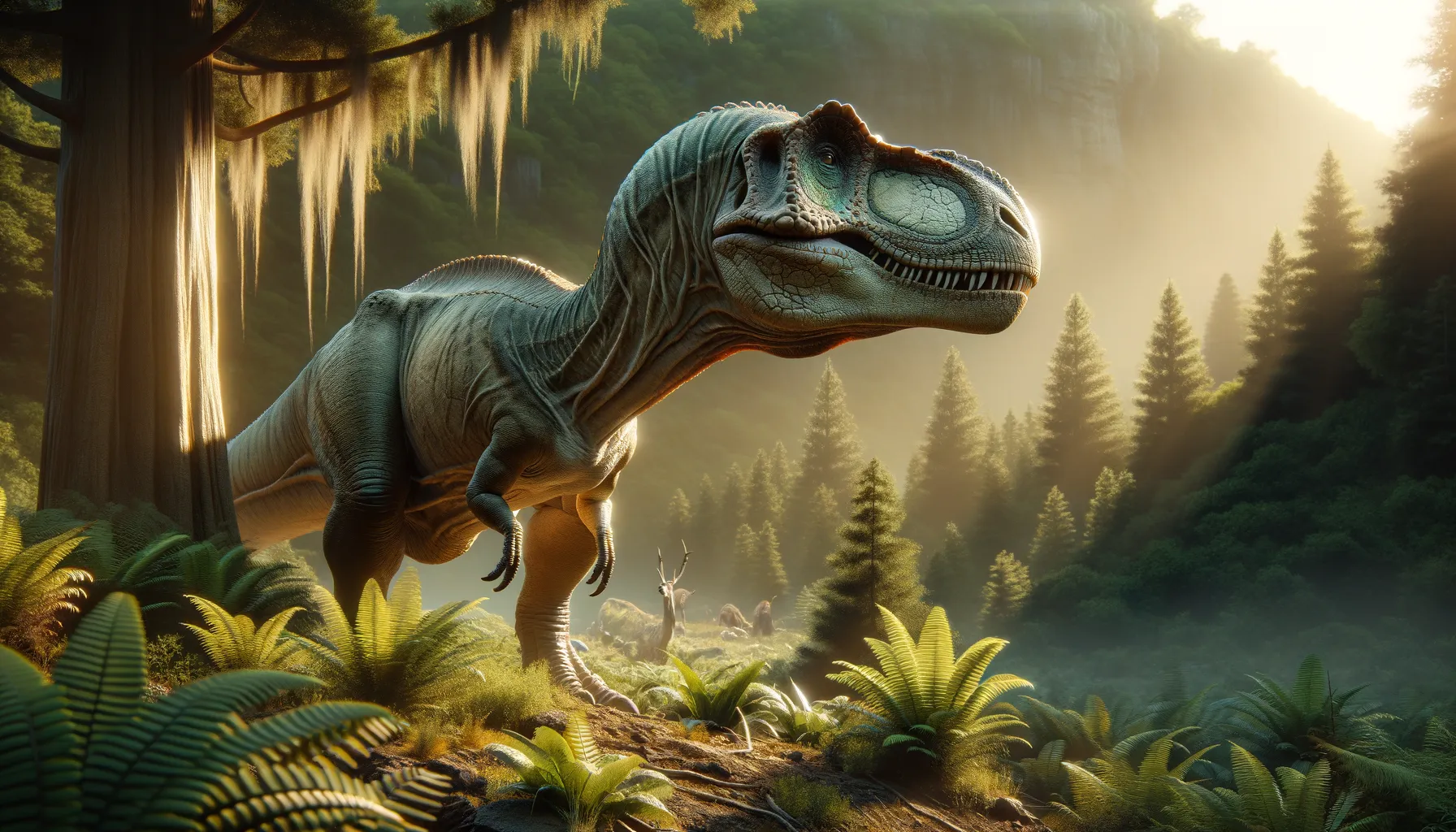
Gravitholus
Thick-skulled protector of its domain!
Period
Cretaceous
Length
Reached about 10 feet in length.
Height
Approximately 4 feet tall at the hips.
Weight
Weighed about 1,000 pounds.
Gravitholus was a small, heavily built dinosaur characterized by a thick dome-shaped skull that likely served as protection and maybe as a tool for intra-species combat. This dinosaur was part of the pachycephalosaur family, which lived in the Late Cretaceous period. Gravitholus fossils have been found in North America, primarily in what is now Canada.
Diet
Gravitholus was an herbivore and primarily consumed plant material. Its teeth were not well-suited for chewing, so it relied on fermenting bacteria in its gut to help break down tough plant fibers.
Hunting
As a herbivore, Gravitholus did not engage in hunting. Instead, it foraged for plants and possibly fruits that were available in its environment.
Environmental challenges
This dinosaur faced challenges such as varying climate conditions, which affected the availability of vegetation. Predation by larger carnivorous dinosaurs also posed a risk, requiring defensive adaptations. The Late Cretaceous period was also a time of significant environmental change, including volcanic activity and sea level fluctuations.
Speed
Very slow, suited for defense rather than fast movement.
Lifespan
Estimated to live up to 20-30 years.
First discovery
Discovered in Alberta, Canada, in 1979.
Fun Facts
- Gravitholus is a type of dinosaur that belonged to the family of pachycephalosaurs, known for their thick skulls.
- The name 'Gravitholus' means 'heavy dome,' referring to its thick, bony skull roof.
- Gravitholus lived during the Late Cretaceous period, around 75 million years ago.
- Fossils of Gravitholus have been found in Alberta, Canada.
- Despite its fierce appearance, Gravitholus was likely a herbivore, feeding on plants and vegetation.
- The thick skull of Gravitholus might have been used in head-butting contests, either for territory or attracting mates.
- Gravitholus is one of the more mysterious dinosaurs, as only fragmentary fossils have been discovered so far.
Growth and Development
Gravitholus likely grew steadily throughout its life, with significant growth occurring during its juvenile stages. The thickening of its skull may have been part of a developmental strategy for self-defense. Growth rates could have varied based on the availability of food and environmental conditions.
Habitat
Gravitholus inhabited forested areas and open plains where it could graze on low-lying plants. Its habitat would have included regions with abundant vegetation, providing both food and shelter. Seasonal changes would have influenced its movement within this environment.
Interaction with other species
Gravitholus likely interacted with other herbivorous dinosaurs, competing for resources. Its dome-shaped skull indicates it might have had head-butting contests with members of its own species. It also had to coexist with carnivorous dinosaurs, against which it had developed defensive strategies.
Natural lifespan
Gravitholus could naturally live up to 20-30 years.
Reproduction
Gravitholus likely reproduced by laying eggs, similar to other dinosaurs. Its nesting behavior remains speculative, but it might have shared nesting sites with others to enhance protection against predators.
Social behaviour
Gravitholus might have lived in small groups or herds, which provided safety in numbers. The possibility of social behaviors such as head-butting contests suggests a level of interaction within the species. These behaviors could have been part of establishing social hierarchies or mating rituals.
Fossil locations
Fossils of Gravitholus have been primarily found in Alberta, Canada. These locations provide key insights into the Late Cretaceous ecosystems in North America. The initial discovery of Gravitholus fossils added significant knowledge about pachycephalosaurs in this region.
